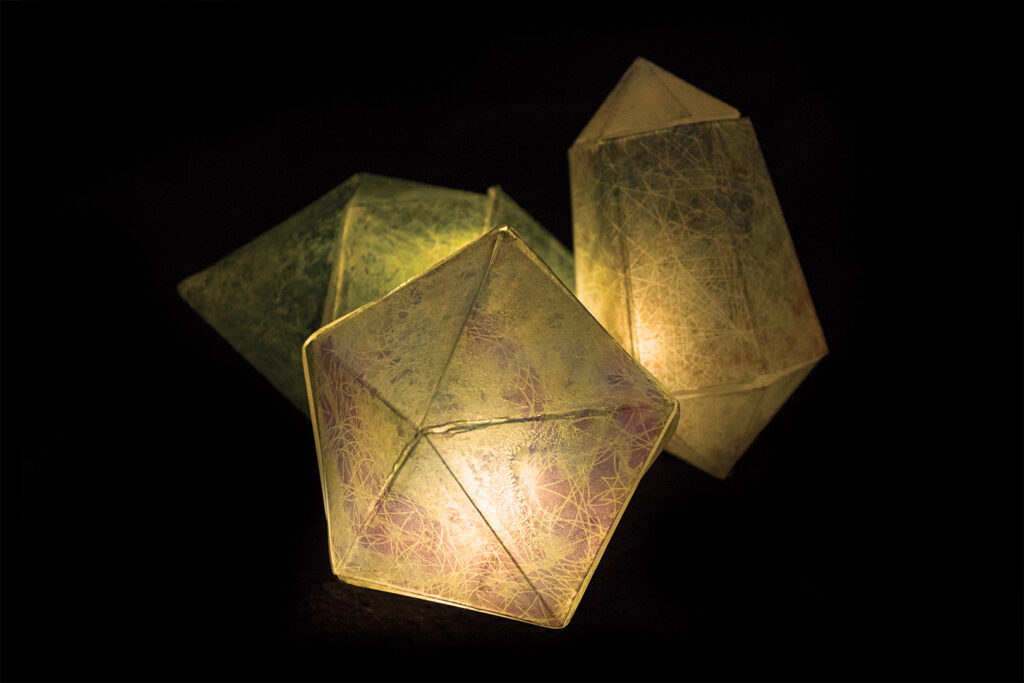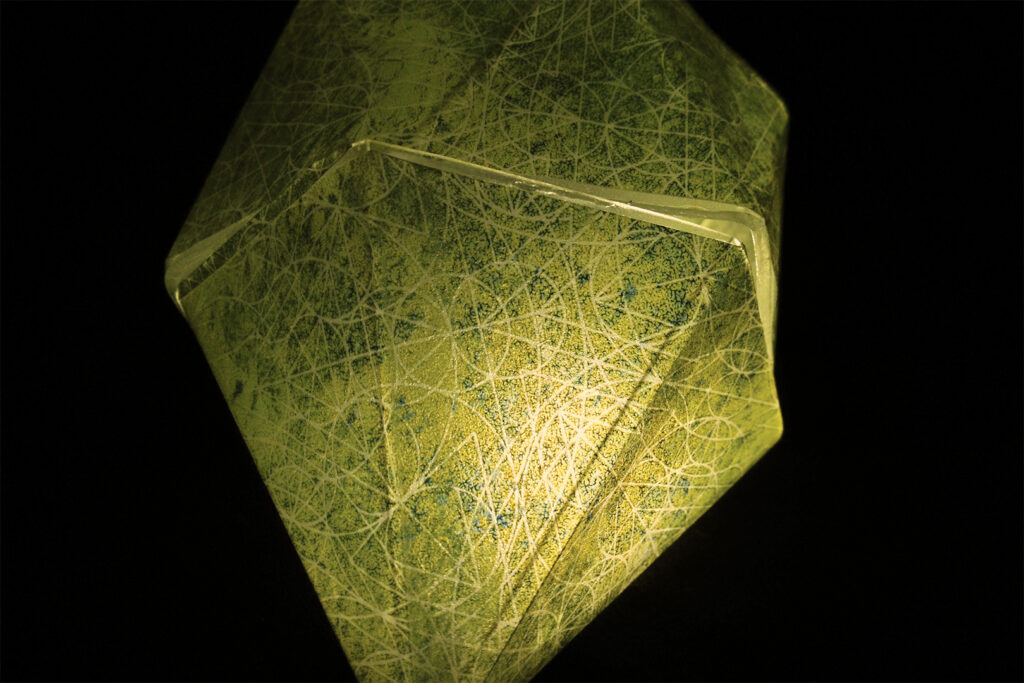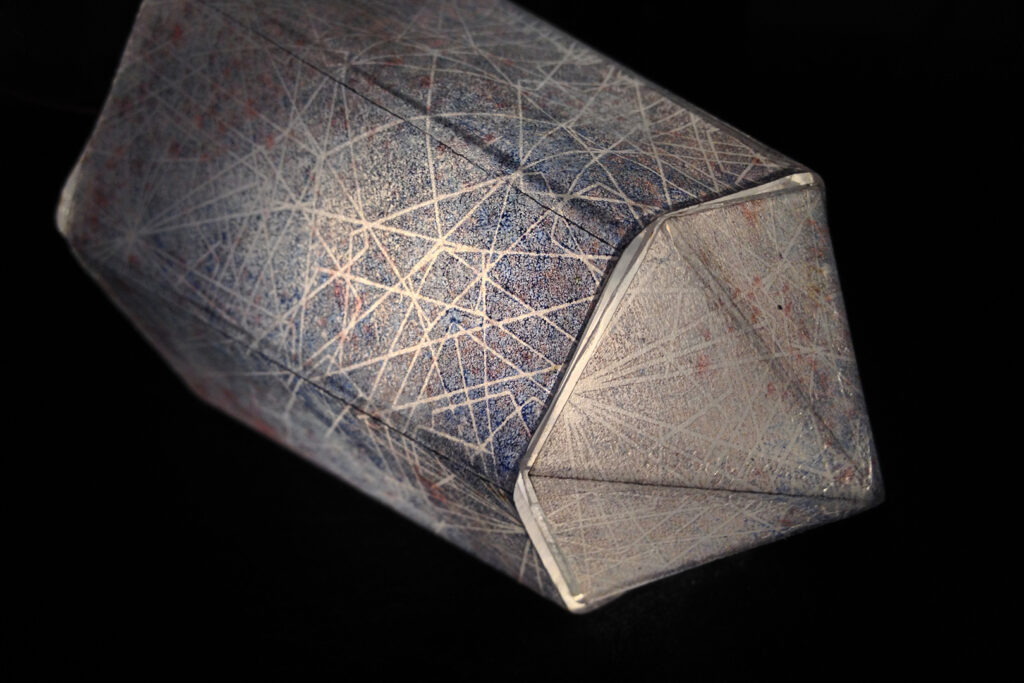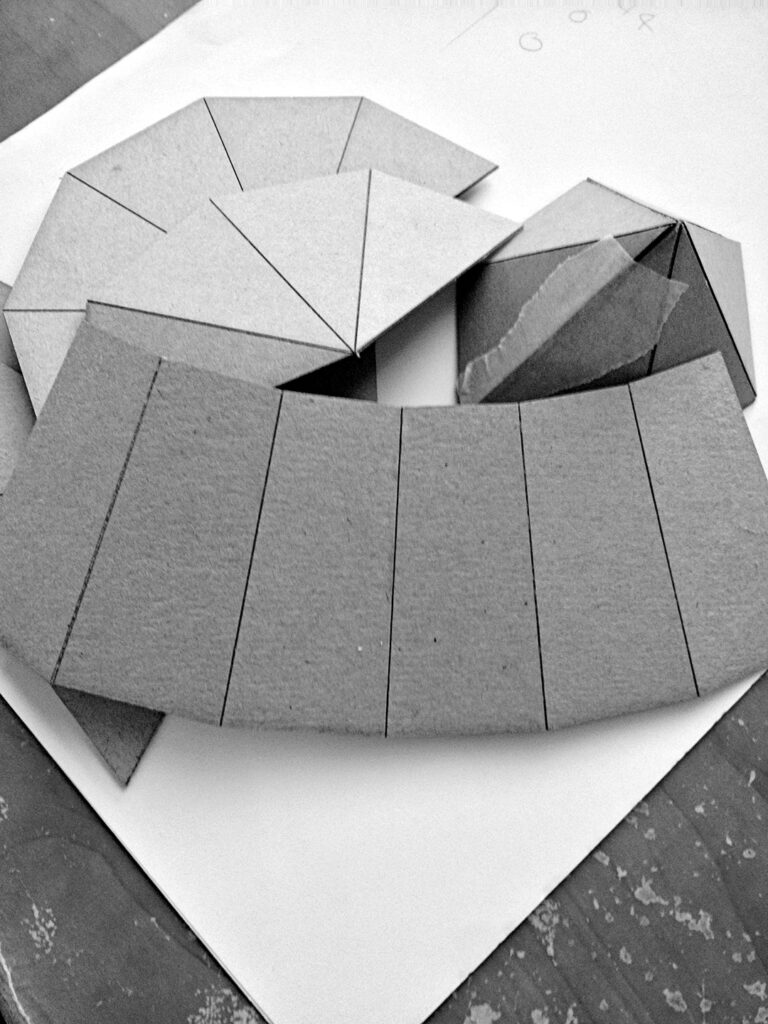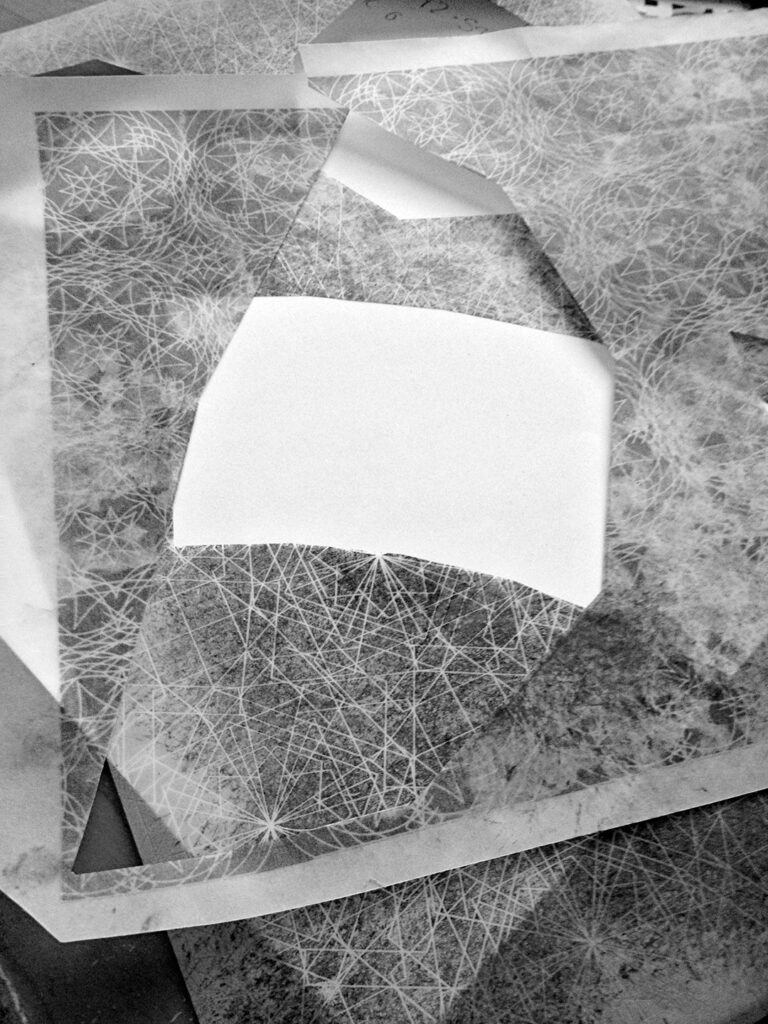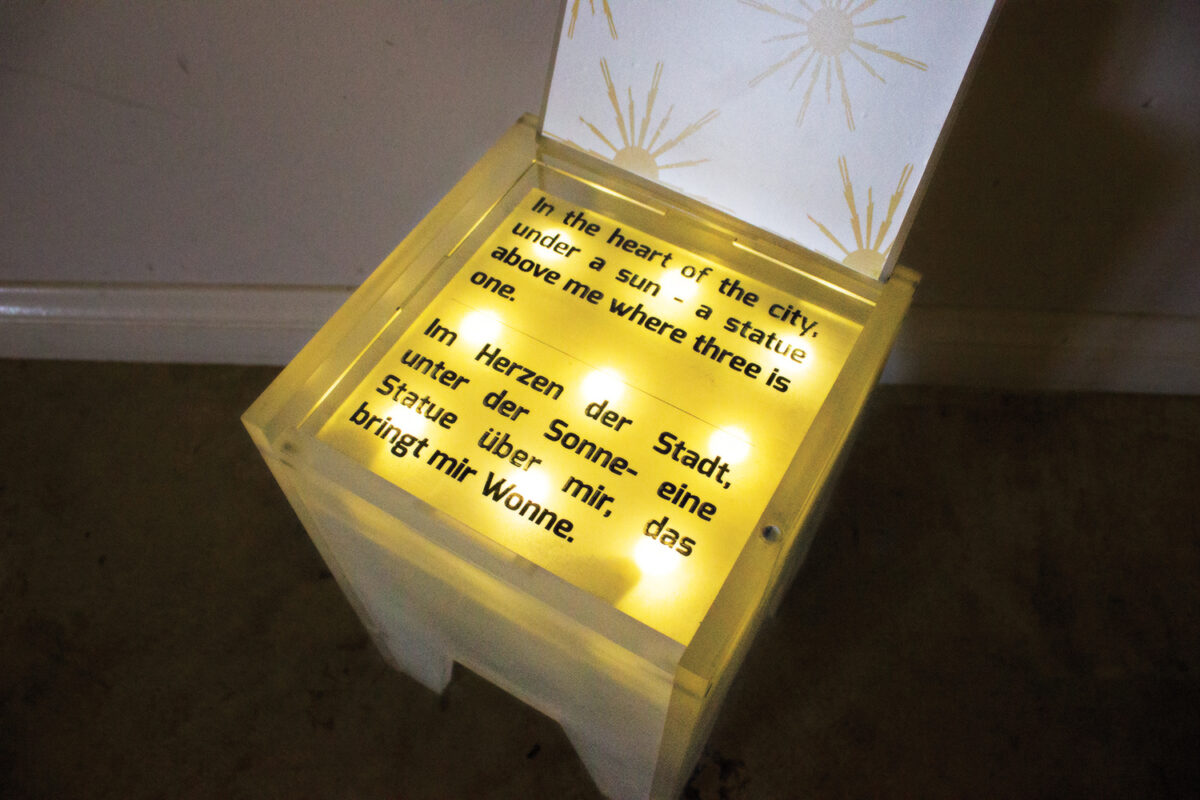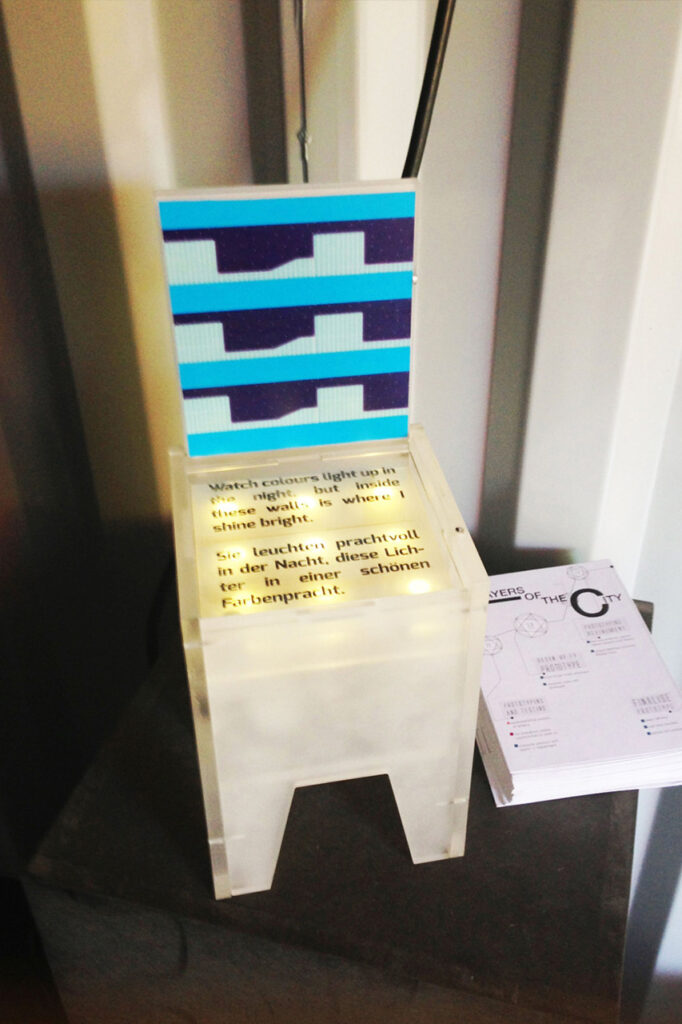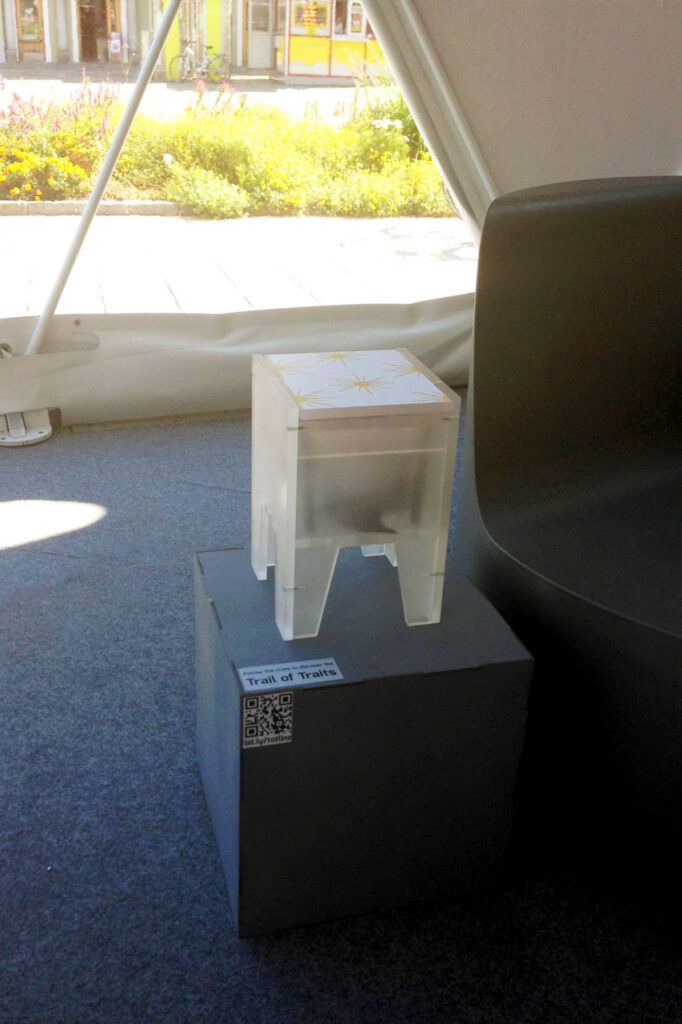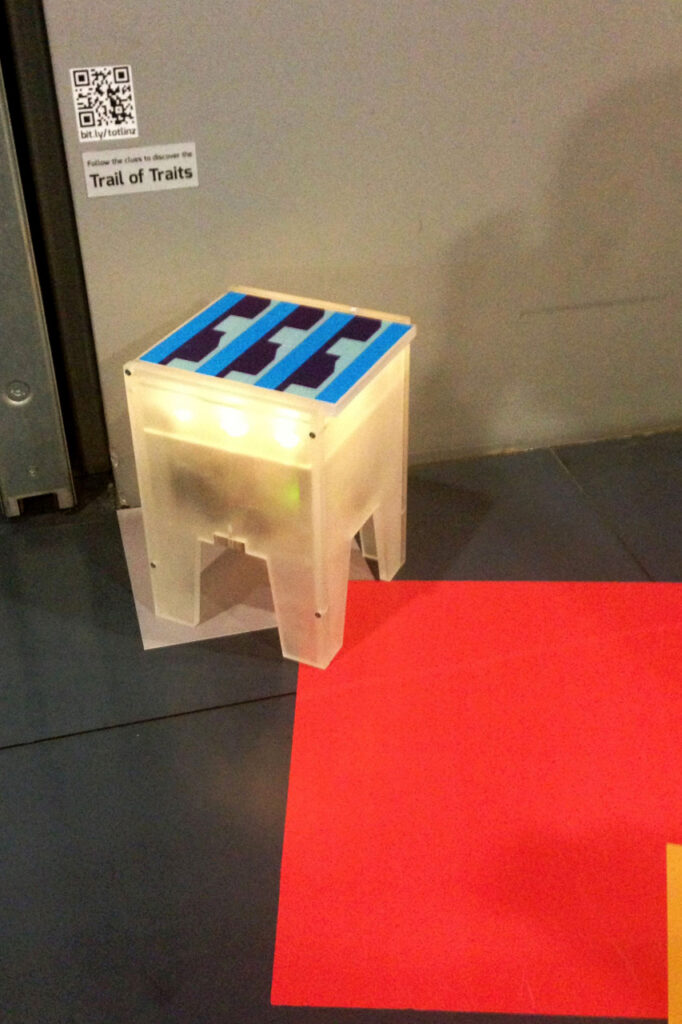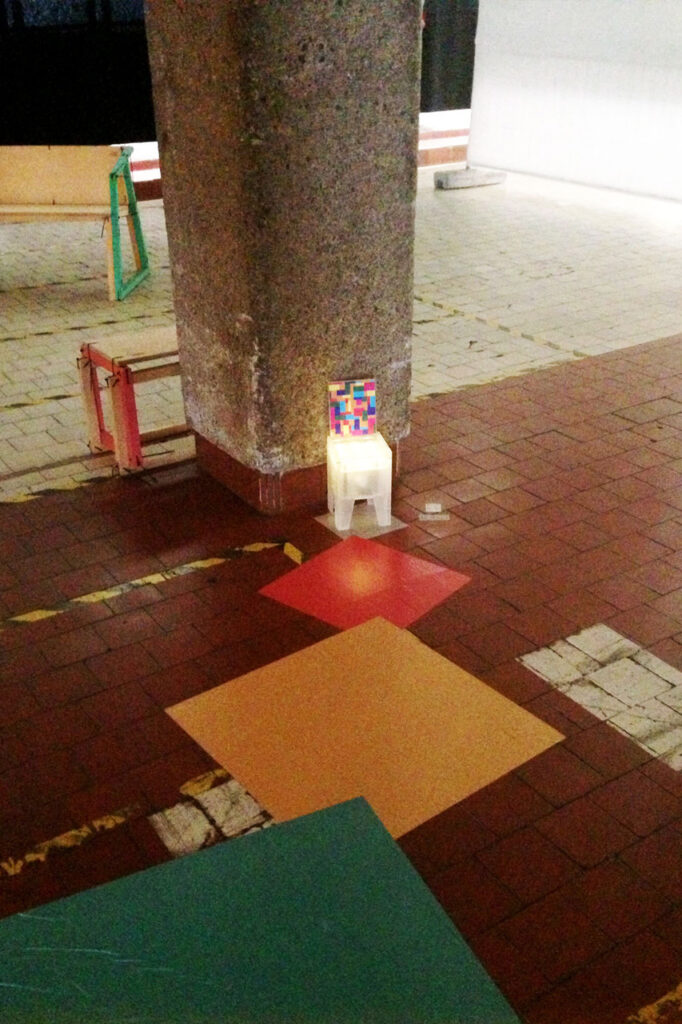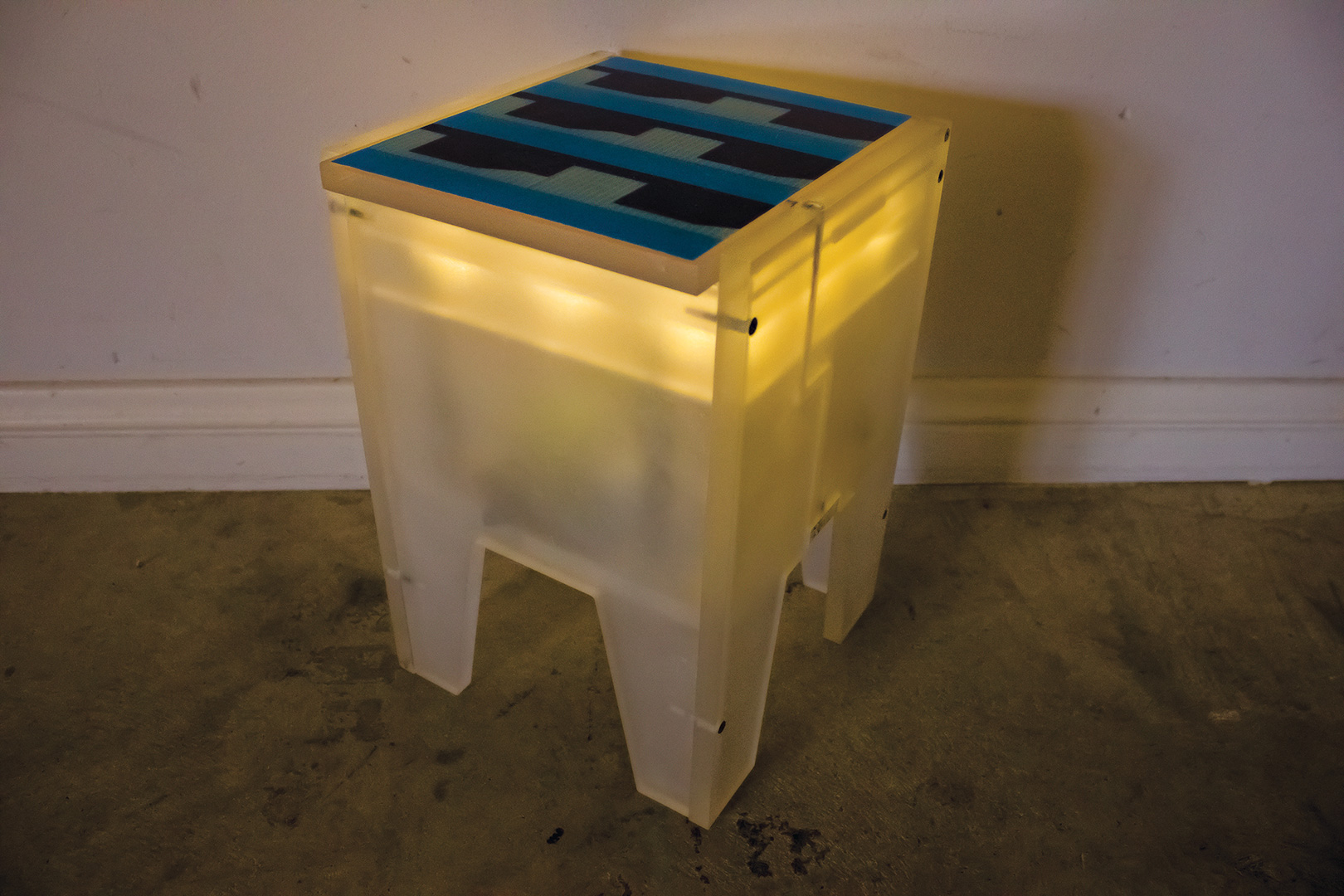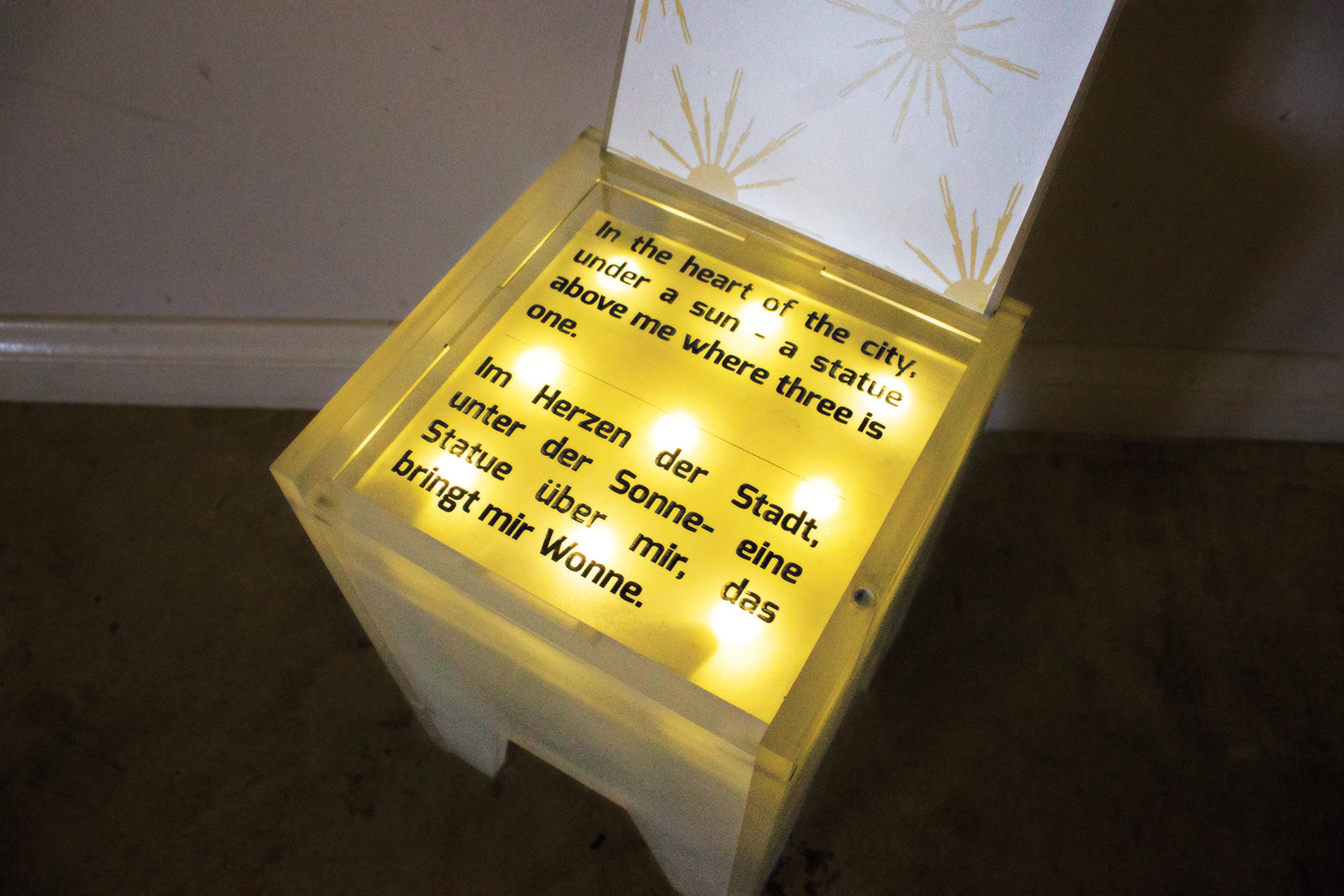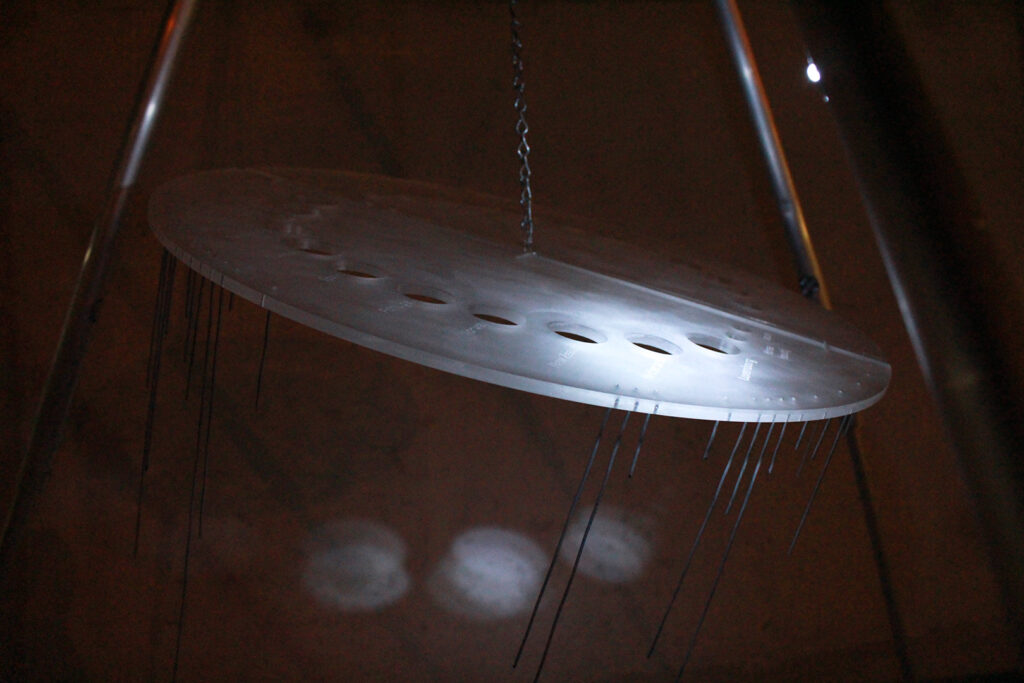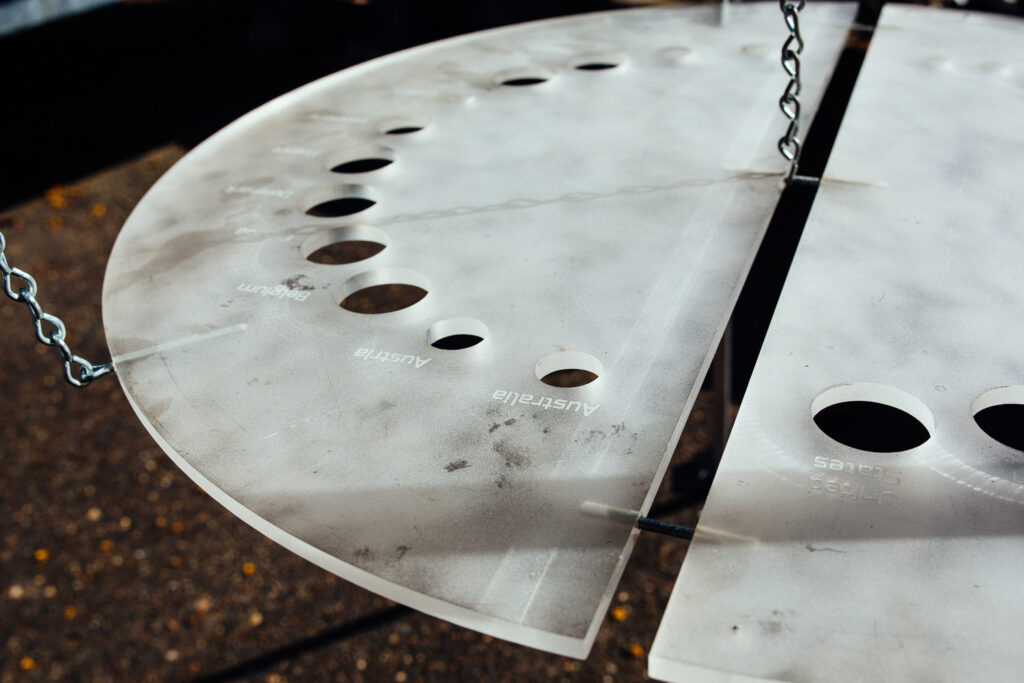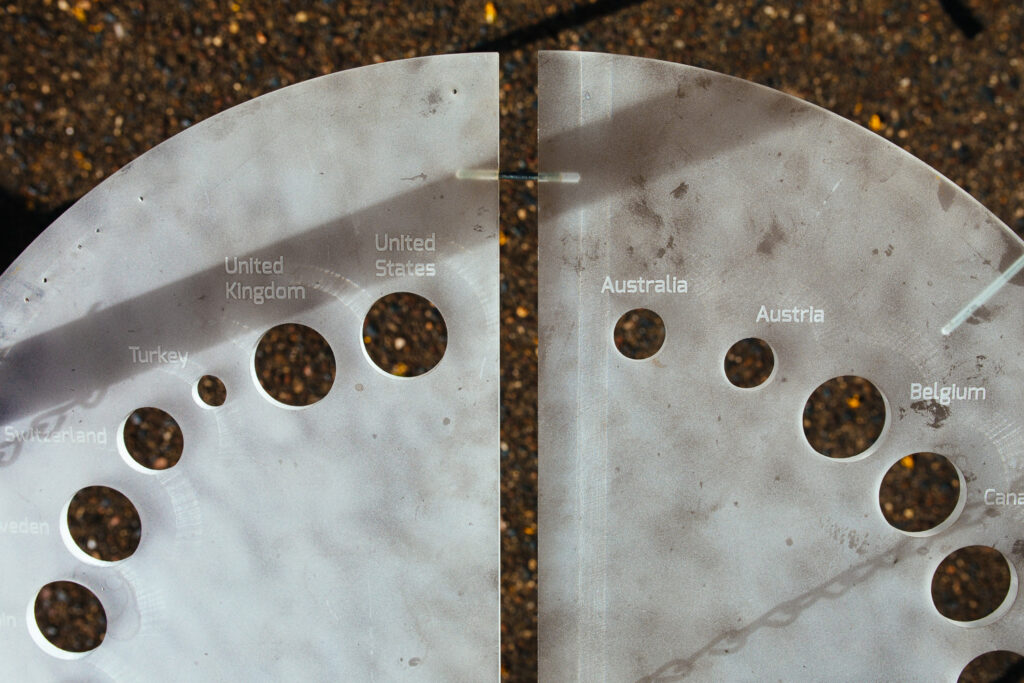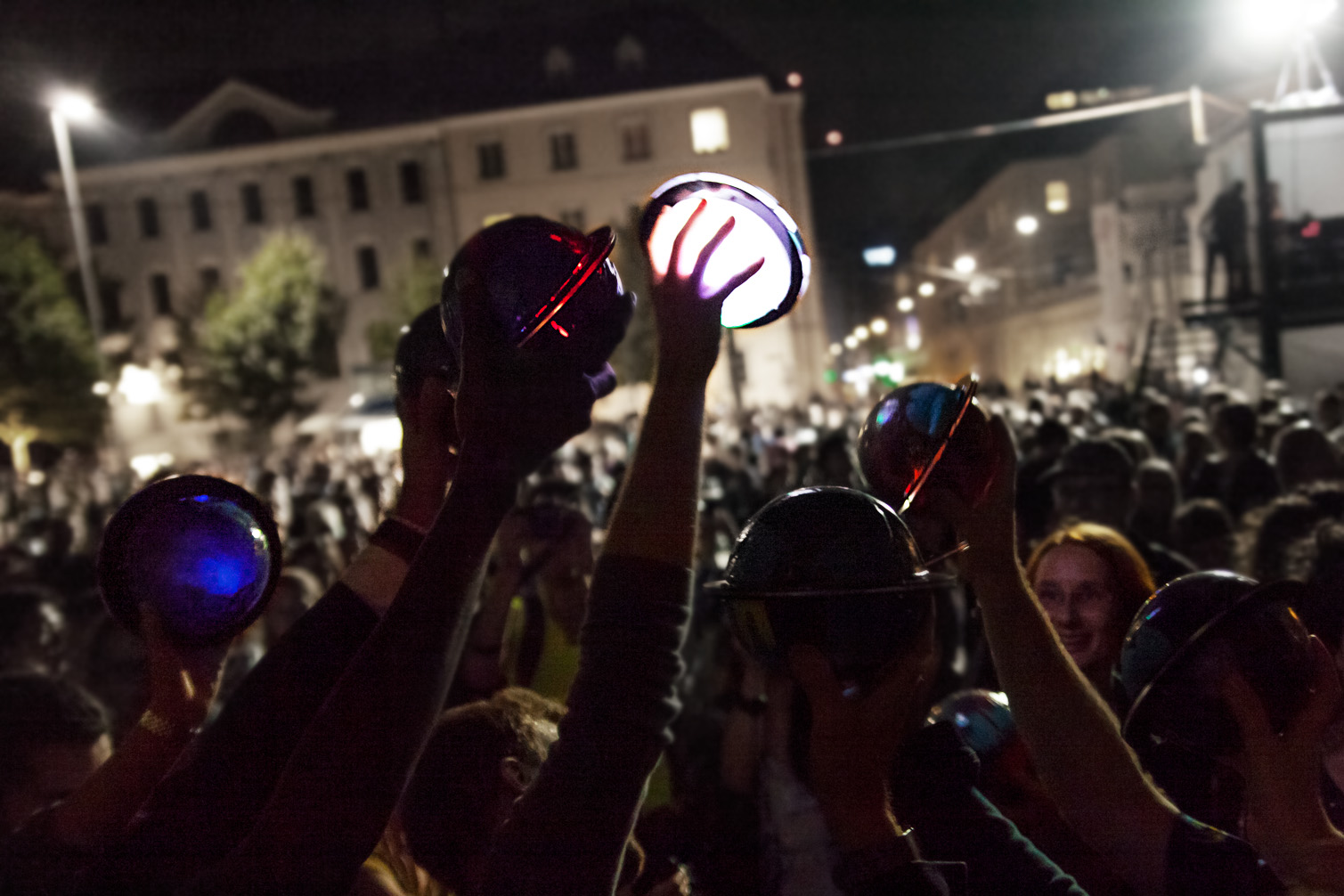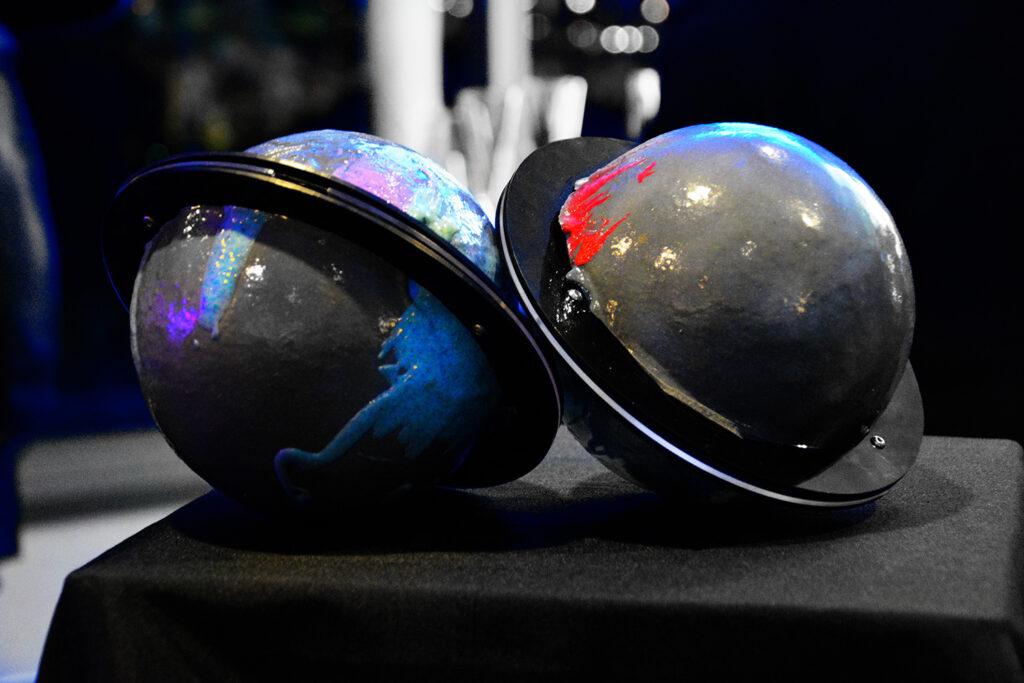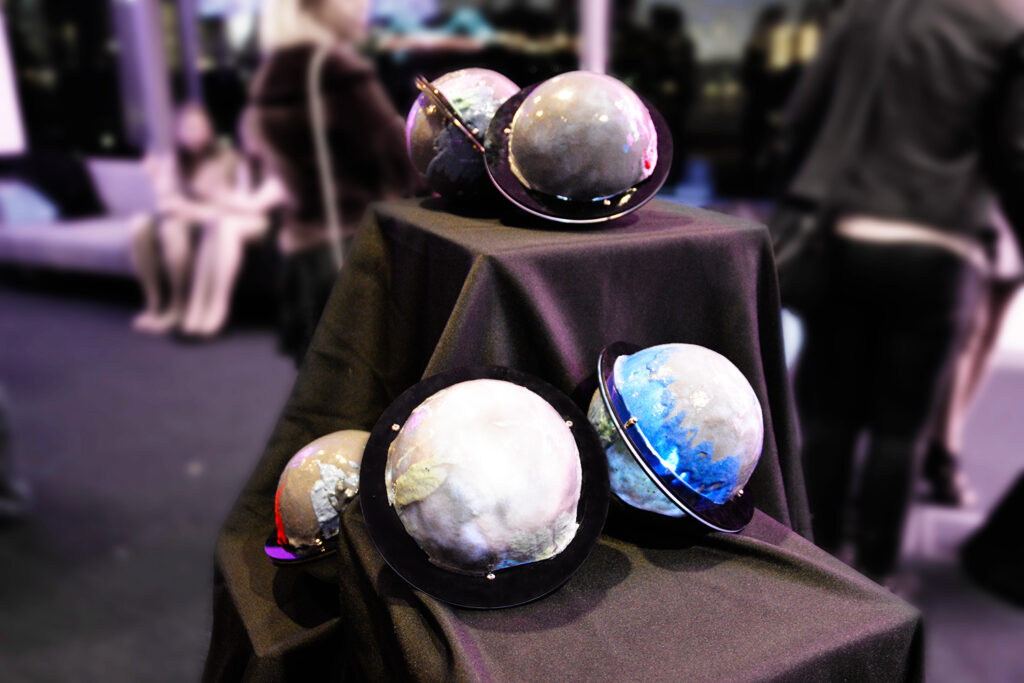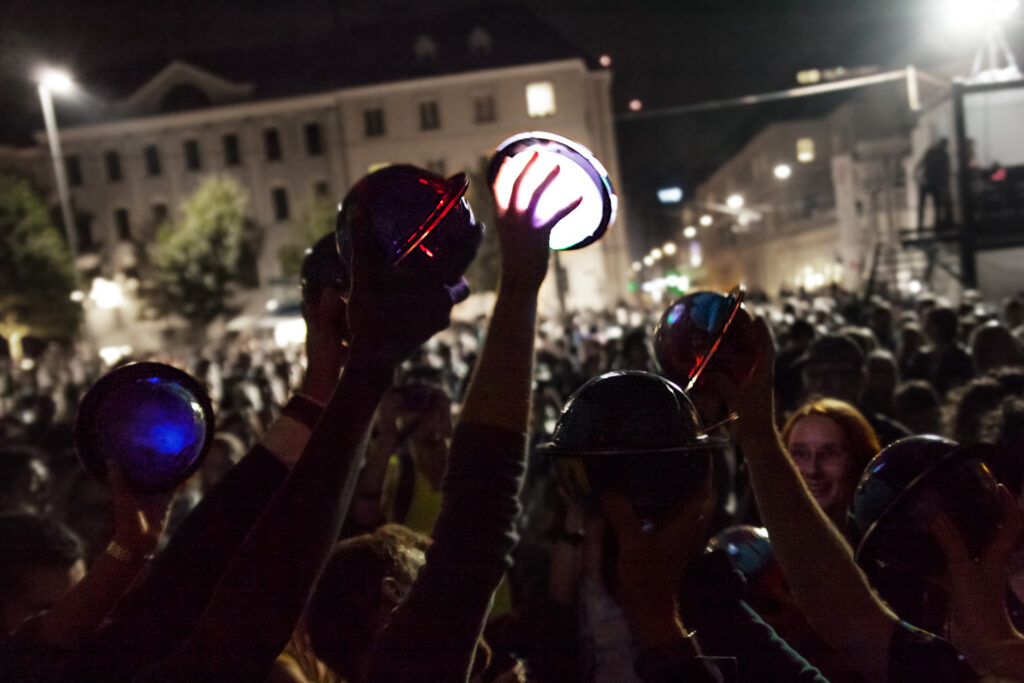Symbiotic Skin is an interactive experiential work that asks audiences to consider a future where humankind can no longer breathe independently, having adapted to this evolutionary shift by forming lifelong bonds with creatures entitled ‘symbiotes’. This previously unknown species attach themselves to the human body across the chest, creating a symbiotic bond allowing both human and creature to breathe as one.
In Symbiotic Skin, audiences are presented with an opportunity to experience this speculative future, by coupling with a creature and taking a mediated walk through a green space. The creature extends across an individual’s body and facilitates exploration of the environment through subtle vibrations and illumination, which permeate from the creature.
This work seeks to draw attention to current and ongoing sustainability issues, as well as providing audiences with a unique lens in which to view and interact with natural environments.
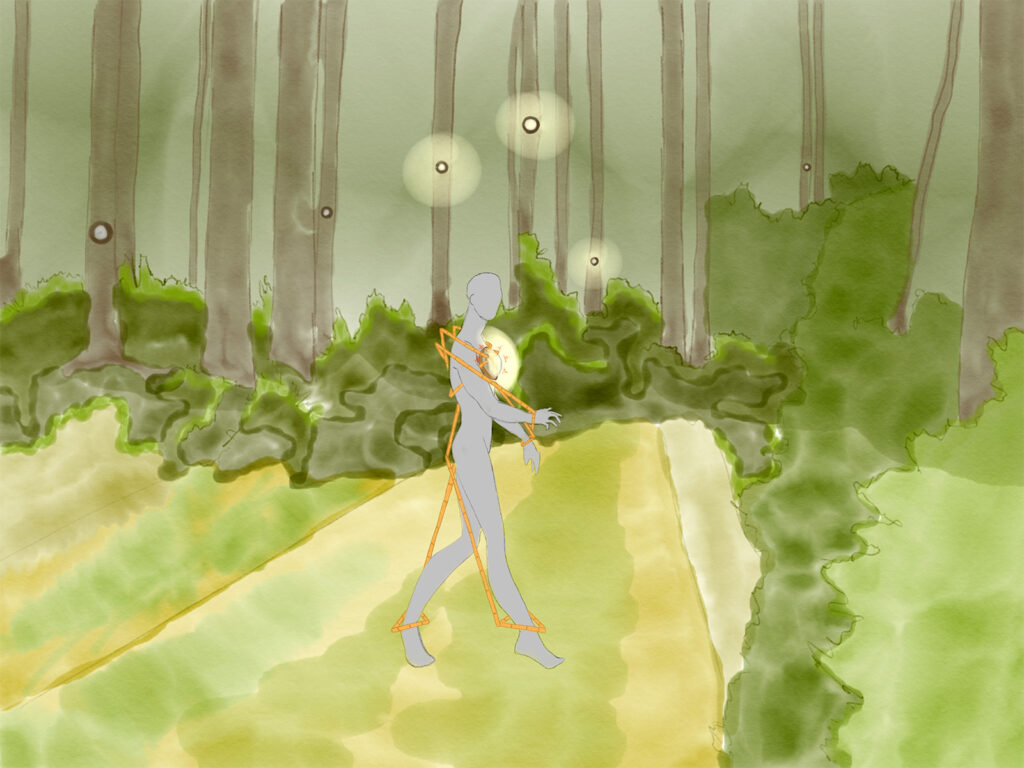
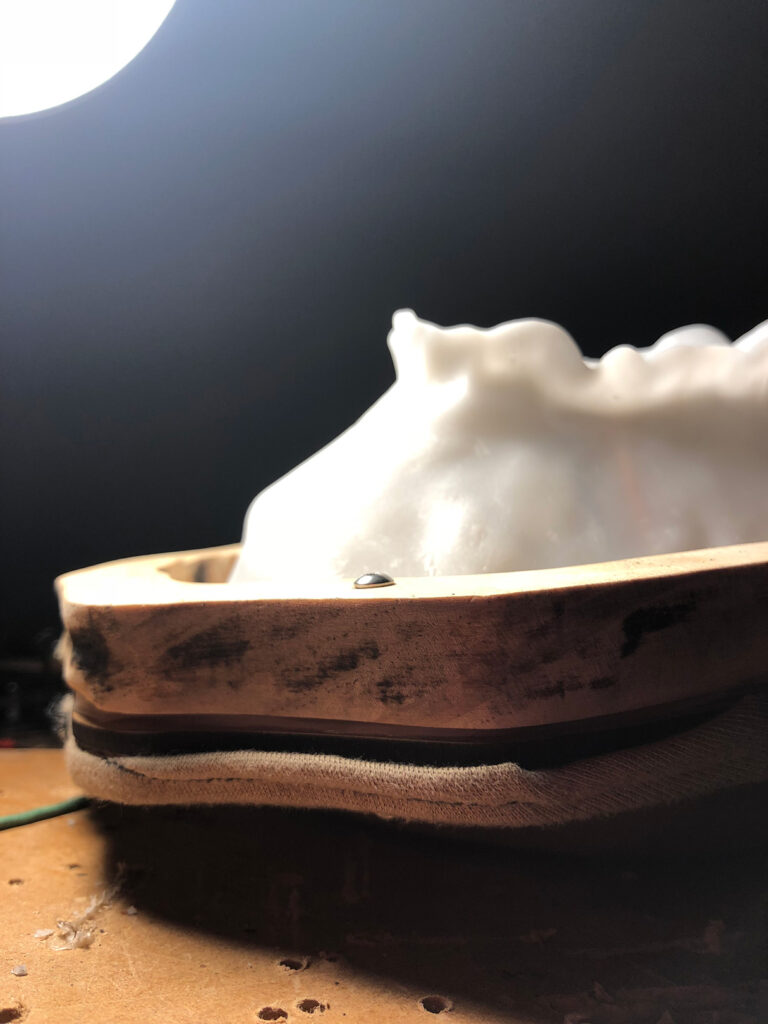


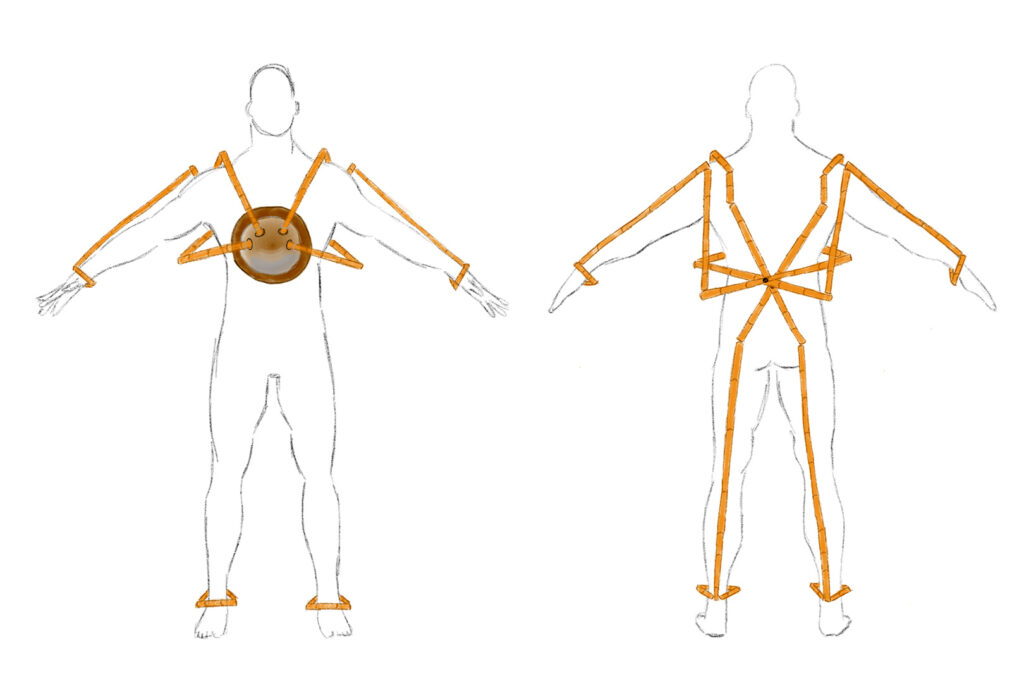
Project Details
Name: Symbiotic Skin
Year: 2018
Materials: pine, MDF, bolts, nuts, mouldable plastic, fabric, rattan cane, springs, elastic, wires
Hardware: LEDs, vibration motors, speakers, Linzerschnitte microcontroller, SD cards, MP3 modules



